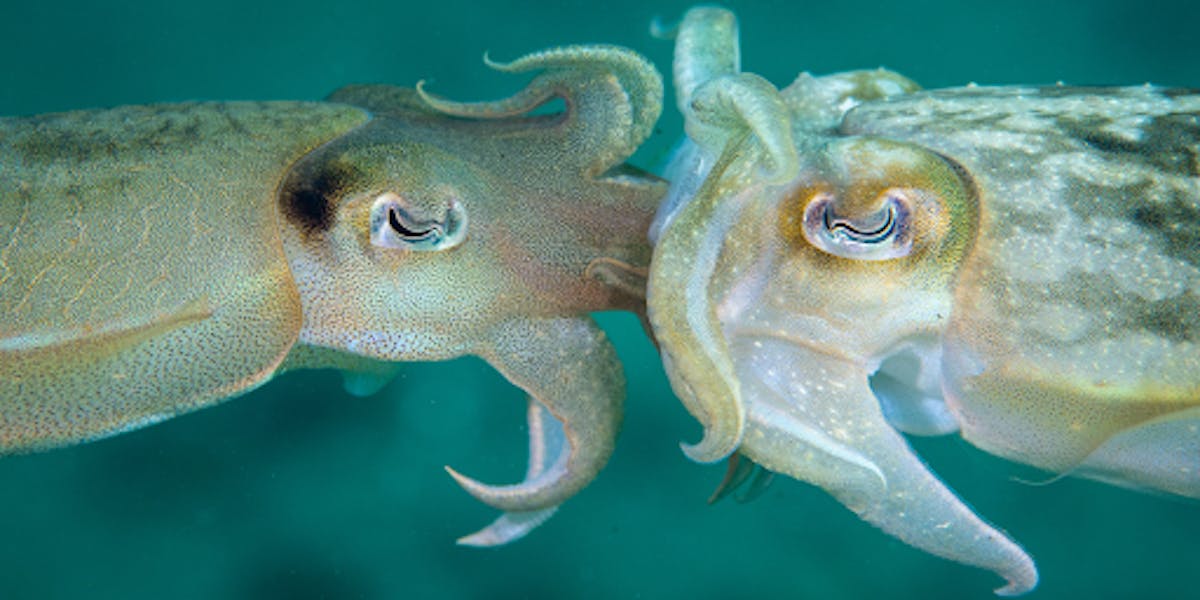What is a cuttlefish?
Cuttlefish are marine animals belonging to the class Cephalopoda, which also includes octopuses and squid. They are known for their unique ability to change color and texture for camouflage.
Where do cuttlefish live?
Cuttlefish are found in oceans around the world, typically in shallow coastal waters, though some species inhabit deeper waters.
How do cuttlefish change color?
Cuttlefish change color using specialized cells called chromatophores, which contain pigments that expand and contract to produce different colors. They can also change texture through the use of muscles in their skin.
What do cuttlefish eat?
Cuttlefish are carnivorous and feed on a variety of prey including fish, crustaceans, and mollusks. They are skilled hunters, using their tentacles to capture prey.
Are cuttlefish intelligent?
Yes, cuttlefish are considered to be highly intelligent among invertebrates. They have complex behaviors, excellent spatial awareness, and can learn through observation and experience.
Do cuttlefish have predators?
Cuttlefish have several natural predators including larger fish, sharks, dolphins, and seabirds. Their ability to change color helps them evade detection from predators.
How do cuttlefish reproduce?
Cuttlefish reproduce through internal fertilization. The male transfers sperm to the female using a specialized arm called a hectocotylus. The female then lays eggs, which she attaches to the seafloor or other substrate.
Are cuttlefish poisonous?
Cuttlefish themselves are not poisonous to humans. However, some species, such as the flamboyant cuttlefish, possess toxic chemicals that make them dangerous to eat.











